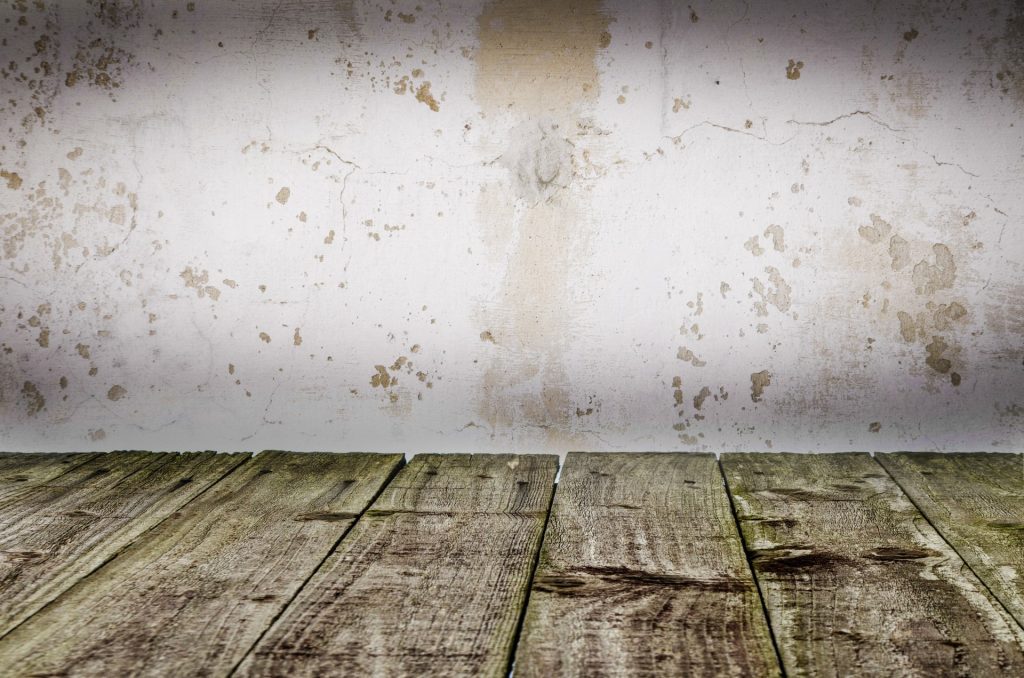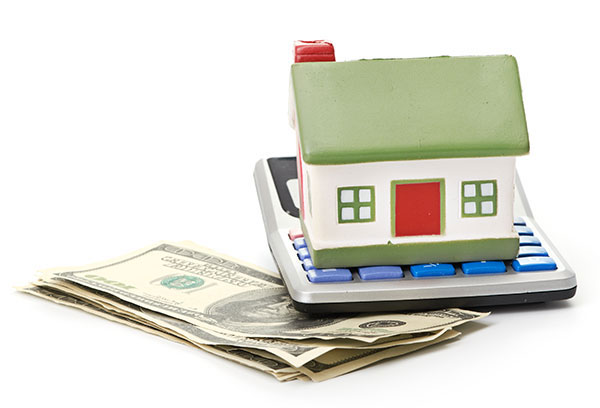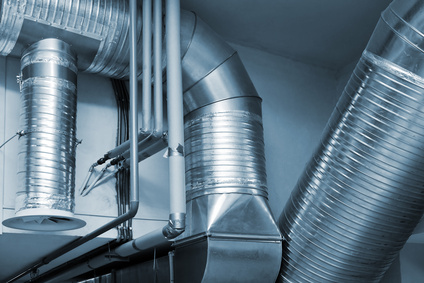Types of Property Damage Caused by the Summer Heat
Everyone loves that beautiful summer weather with sunny days, blue skies and…that awful heat! This season is a common favorite and for good reason, but for others, the heat can really cause problems. The heat from the summer sun can cause property damage to multiple areas of your home. In some cases, you wouldn’t even recognize it until it becomes an issue.
Thankfully, there are ways the damage to your home from the summer heat can be limited and even prevented by identifying the areas at risk and taking steps to protect them from the hot summer sun and humidityHumidity is the amount of moisture or water vapor present in... More.
Check out the following types of property damage caused by the summer heat and how you can protect your home.
1. Roof Damage

The summer is full of fun activities, but the conditions can also leadLead is a heavy metal that can be toxic to humans, especiall... More to major property damage
Just like snow and ice, the sun can also damage your roof over time. This can often be difficult to notice because you can’t see how the heat affects the roofing materials.
If you have an attic, you may notice how hot it becomes during the day. This is because attics don’t have much air circulation to push out heat and humidityHumidity is the amount of moisture or water vapor present in... More that accumulates during the day. So, as the heat and humidityHumidity is the amount of moisture or water vapor present in... More build up over time, the walls become weakened, shingles deteriorate faster, and moldMold is a type of fungus that grows in damp or humid conditi... More growth develops.
The wood supporting your shingles can also expand in the summer heat and crack your shingles. Keep in mind that any caulk used to install them can also dry out and cause leaks.
To keep air flowing through your attic and prevent the risk of roof leaks, make sure the air ducts in your attic are maintained properly. If you live in a hot, humid area, you may want to consider coating and sealing your roof to prevent moisture and/or sunlight from seeping in. Roof damage from the sun and humidityHumidity is the amount of moisture or water vapor present in... More doesn’t happen as quickly as winter weather damage, but it will occur eventually if ignored.
2. Home Decorations and Furniture Damage
Regardless of if it’s got a glossy finish, any wood furniture or wooden home décor can be compromised by the temperature and humidityHumidity is the amount of moisture or water vapor present in... More levels in your home. In the winter, it can dry out and in the summer, it can expand. Keep in mind that this can affect all wood materials in your home, including tables, armchairs, picture frames, and more.
Home décor can also be affected by moldMold is a type of fungus that grows in damp or humid conditi... More growth, decay, and flaking when it’s humid. Musical instruments, electronics, books, and photos can also become feeding grounds for moldMold is a type of fungus that grows in damp or humid conditi... More during humid summers.
Simple measures can be taken to keep the air flowing throughout the home by opening your windows if its breezy outside, running your air conditioning, or turning on an overhead fan.
3. Hardwood Floor Damage

In extreme temperatures, the flooring can expand too much and cause your floorboards to buckle
Hardwood floors, just like wooden home décor and furniture, can also expand and contract as the temperature fluctuates. During hot and humid temperatures, the floors will swell with moisture and even fill gaps under the baseboards. But in extreme temperatures, the flooring can expand too much and cause your floorboards to buckle.
This can be repaired if it is handled right away, but if not, the damage will become permanent. Even if the floorboards shrink to their original size in the fall, they will still be ruined and need replacing.
4. Crawlspace Damage
The crawlspace is an area of the home that almost always goes unnoticed unless its flooded or contains asbestos or moldMold is a type of fungus that grows in damp or humid conditi... More growth that seeps into the home. But like the attic and wooden building materials, the crawlspace is another area that can become damaged by heat and humidityHumidity is the amount of moisture or water vapor present in... More.
When air becomes trapped and stagnant in this small area, the humidityHumidity is the amount of moisture or water vapor present in... More will build up over time and cause moldMold is a type of fungus that grows in damp or humid conditi... More growth, mildewMildew is a type of fungus that grows on damp surfaces, typi... More, and rot. Even vented crawlspaces can become humid as long as the air remains stagnant.
The best way to prevent this issue is to hire a contractor to encapsulate the area. Using heavy plastic and spray foam, they can cover the home’s foundation and dirt below, preventing the moisture from rising from the ground, which will stop the humidityHumidity is the amount of moisture or water vapor present in... More from accumulating.
5. Plumbing Issues
Water bills are often higher in the summer than the winter, particularly due to gardening, swimming pools, automatic sprinklers, and other daily activities. With the extra use, the plumbing system is more likely to leak, so it’s best to inspect your plumbing thoroughly.
Also consider having a plumber check the caulking and sealing around the pipes. Excessive dryingDrying is the process of removing moisture from materials, s... More is common during the summer and can shift the pipes within and around your home’s foundation. The dryingDrying is the process of removing moisture from materials, s... More can also cause the water lines to disconnect or rupture and water main lines can leak or crack.
To prevent this issue, make sure the soil that surrounds your home is watered and maintained during the hotter months. Tree roots are another issue as they can wrap around a pipe and damage it as they search for water underground. The best way to keep your underground pipes safe is to plant your trees away from them.
Restoration Services from Summer Heat
The summer is full of fun activities, but the conditions can also leadLead is a heavy metal that can be toxic to humans, especiall... More to major property damage. Both moldMold is a type of fungus that grows in damp or humid conditi... More and water damage can occur because of humidityHumidity is the amount of moisture or water vapor present in... More and heat. If you find moldMold is a type of fungus that grows in damp or humid conditi... More growth in your crawlspace or water damage caused by a leak in your roof, don’t hesitate to have the area repaired right away.
Summers may not always be humid, depending on the area in which you live, but even a little rain can leadLead is a heavy metal that can be toxic to humans, especiall... More to increased humidityHumidity is the amount of moisture or water vapor present in... More. During a dry season, increased water usage can also cause pipes to crack, leak, and even burst.
Never hesitate to call a water damage restoration or moldMold is a type of fungus that grows in damp or humid conditi... More removal professional as soon as you notice water or moldMold is a type of fungus that grows in damp or humid conditi... More damage in your home. Most contractors are available 24/7 to respond to emergencies and will schedule appointments for moldMold is a type of fungus that grows in damp or humid conditi... More removal services. Some even provide reconstruction services for cases with extreme damage.
These professionals will dry out the affected area, remove any soiled building materials, install replacements, and dry out the remaining building materials. They can also advise you on how to avoid the issue from reoccurring in the future.












